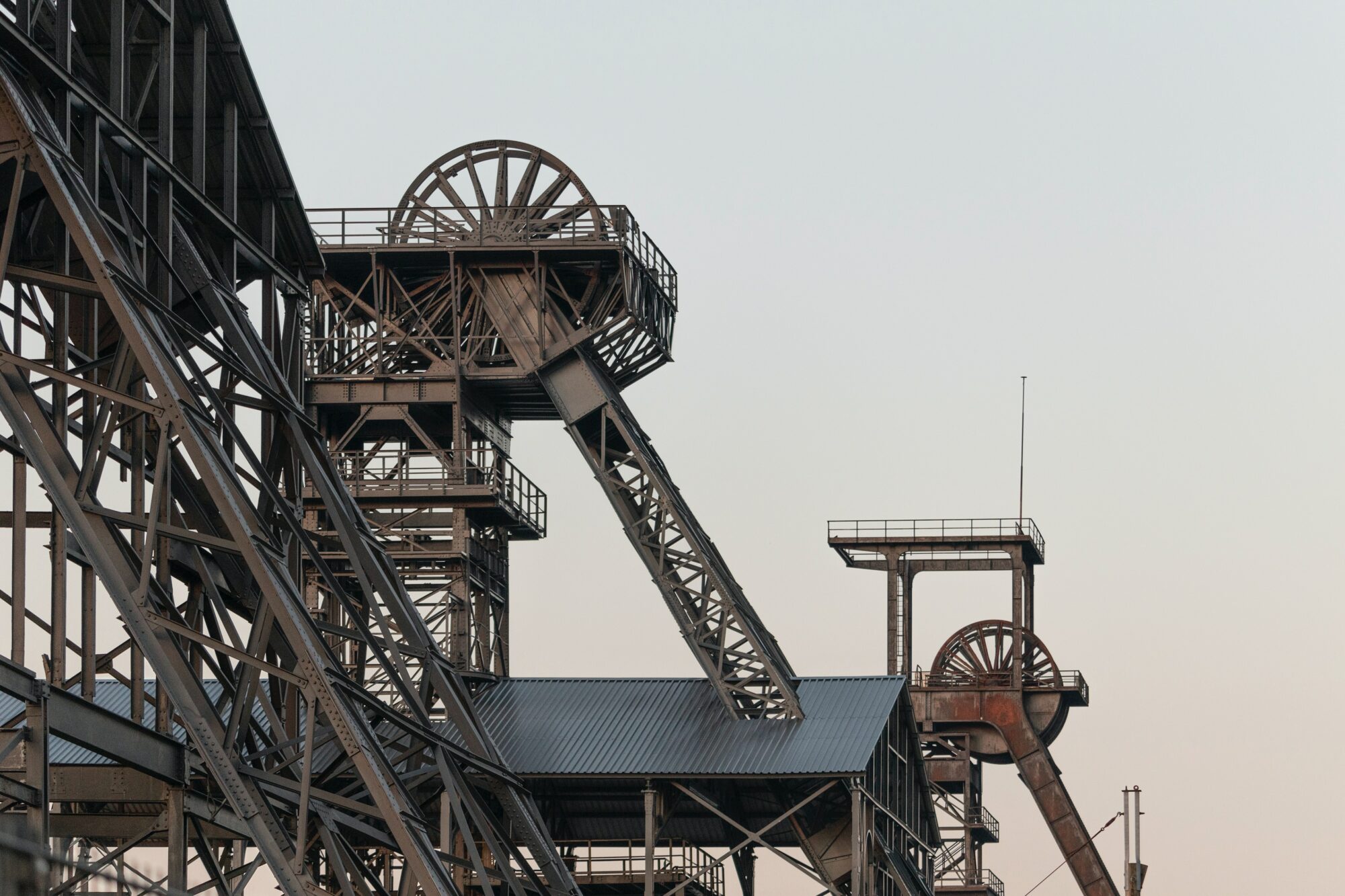The Rhine-Ruhr metropolitan region (MRR) is a polycentric conurbation in North Rhine-Westphalia defined in the state development plan, which stretches along the rivers Rhine and Ruhr that give it its name. Of currently eleven metropolitan regions in Germany, it is the most populous and densely populated metropolitan region, with about 10.2 million inhabitants, and is one of the 40 largest worldwide. It is one of the five megacities in Europe; there are 36 metropolitan regions worldwide with more than ten million inhabitants.
The metropolitan region forms the center of the European “Blue Banana” megaregion and ranks twelfth in the global gross domestic product ranking.
The region’s population centers are the Ruhr area, Cologne/Bonn, Düsseldorf and the Bergisches Städtedreieck.
Until the 1960s, the Ruhr region, characterized by the coal and steel industry, was the undisputed economic center of North Rhine-Westphalia. After the onset of structural change due to the coal crisis, the education/research and service sectors gained increasing importance.
The Rhine region was less severely affected by structural change. After the federal government and some federal ministries moved to Berlin, Bonn was able to statistically compensate for every job lost as a result. Cologne was able to maintain its position as a trade fair and service location. Düsseldorf is the strongest city in the metropolitan region in terms of per capita gross domestic product and ranks second in Germany after Frankfurt am Main; its centrality rating is the highest in Germany.
Due to the polycentricity of the region, the location of the cities can be considered cohesively as one megacity. Most of the cities are direct neighbors of each other, for example Duisburg with Düsseldorf, Krefeld, Mülheim an der Ruhr and Oberhausen or Cologne with Leverkusen, so that an isolated view and assessment of individual cities has little significance. This is made clear by the naming and cross-city activities of many companies and institutions that relate to several cities, such as Sparkasse KölnBonn, Köln-Düsseldorfer Rheinschifffahrt, Cologne/Bonn Airport, Bochum-Gelsenkirchener Straßenbahnen (Bogestra) or Ruhrbahn (Essen and Mülheim an der Ruhr).
Considered a megacity, Rhine-Ruhr is the real “DAX capital” of Germany (as of June 2020). 9 out of 30 companies in Germany’s largest stock index come from there, and thus more than from any other metropolitan region. In the MDAX, the Rhine-Ruhr metropolitan region shares the top position with the Munich metropolitan region with eleven companies each.

